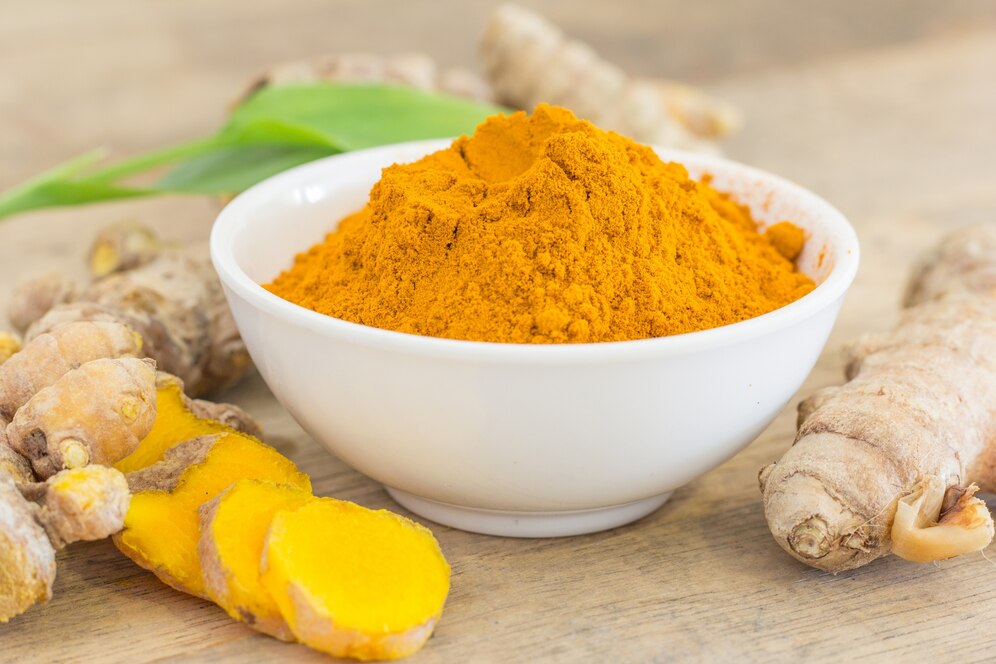In recent years, the spotlight has turned to a natural supplement called maca root . Originating from the high Andes of Peru, this cruciferous vegetable has garnered attention not only from health enthusiasts but also from researchers keen on exploring its potential benefits and uses. But what exactly is maca root, and why is it becoming a staple in conversations about health and wellness? Let’s dive deeper into the origins, benefits, and reasons behind the growing buzz about this unique plant.
Maca root, scientifically known as Lepidium meyenii, has been cultivated as a vegetable crop for thousands of years in the harsh climates of the Andes Mountains in Peru. Traditionally, maca has been consumed by indigenous peoples for its believed energising and fertility-enhancing properties. And now, its potential benefits are being recognised and valued worldwide.
The maca plant belongs to the brassica (mustard) family, which also includes broccoli, cauliflower, and kale. It resembles a turnip or radish in appearance and is typically available in several colour variations, including cream, red, purple, and black. Each variety is believed to provide distinct health benefits, although scientific research into specific differences is still ongoing.
One of the primary reasons behind maca root’s popularity is its nutrient-rich profile. It’s loaded with vitamins such as B1, B2, C, and E, and it’s high in calcium, zinc, iron, magnesium, phosphorous, and amino acids. This composition makes it an attractive supplement for those looking to boost their nutritional intake naturally.
Beyond its nutritional content, maca root is often praised for its potential to improve energy levels and endurance. Athletes and fitness enthusiasts may find it particularly beneficial due to its association with increased stamina and reduced fatigue. Furthermore, some preliminary studies suggest that maca root might have a positive effect on mood regulation and mental clarity, making it a potential ally in managing anxiety and stress.
Another popular area of interest is maca root’s potential impact on sexual health and hormone balance. It is often referred to as a natural aphrodisiac, with some studies suggesting it could enhance libido and improve reproductive health in both men and women. However, it is essential to note that while these claims are supported by some scientific evidence, more extensive research is needed to fully understand these effects.
Additionally, maca root might offer skin-related benefits. Its antioxidant properties are thought to protect the skin from environmental damage and contribute to a healthy complexion. Some users report improvements in acne conditions and other skin issues after consistent use of maca.
Despite these emerging findings, incorporating maca root into one’s diet should be done with consideration and ideally under the guidance of a healthcare provider. While regarded as safe for most people, certain individuals might experience side effects, particularly if consumed in excessive amounts. Moreover, its interaction with specific medical conditions or medications warrants careful consultation with a healthcare professional.
In conclusion, maca root represents a fascinating intersection of traditional knowledge and modern nutritional science. Its potential range of benefits, from boosting energy to supporting hormonal balance, underscored by a rich nutritional profile, has sparked global interest. Whether you’re a health enthusiast looking to diversify your supplement regimen or a curious individual exploring natural wellness alternatives, maca root certainly offers plenty to talk about.





Be First to Comment